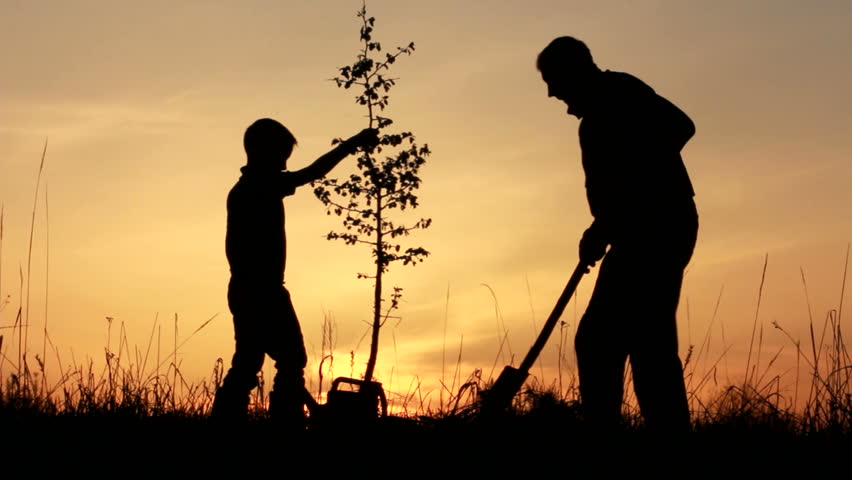|
We are keen to find out whether there would be sufficient interest among our members and others in and around Tisbury for a series of large screen showings of films on nature and environmental topics.
We are thinking of taking advantage of the recently installed projection equipment in the Victoria Hall. Please tell us if you would be interested in attending by taking a short survey (link: https://www.surveymonkey.co.uk/r/YXC36XN). Survey closes 15th January 2022. Robin Walter came to give our last talk of 2021 and we had a mix of people listening in the Victoria Hall and on Zoom. Robin shared photos from his new book “Living with trees” and his experience over the last 30 years of working for organisations dedicated to the conservation of trees and biodiversity.
A striking statistic was that 13% of the UK now has forest cover, compared to 40% average coverage across countries in Europe, with Finland being a stand-out at 70%. Of course, many countries in Europe cover large areas, with differing population densities and we are a small island with an historic industrial growth, but it strikes home how much we differ. It is estimated that during the Roman period we were at 20% and our lowest point was after the First World War. The Forestry Commission was then set up in 1919 to address the parlous state of our 4.7% forest cover. A particular strategy after WW2 was to put in conifer plantations on old woodland sites so that they could hold both deciduous and spruce. For instance, at Kingsettle Wood near Shaftesbury, the pines can now gradually be removed to let in more light around the ash and the ground cover can expand. Robin is a member of the Shaftesbury Tree Group which prepared The Town Tree Plan for 2020-25. It is active in educating the community about their glorious trees and created a map so that people can self-navigate or go on arranged walking tours. 60 people turned up for their inaugural walk! The striking Swedish whitebeam opposite the Abbey on Park Walk draws a lot of attention. The government has set a target to reach 19% UK woodland cover by 2050. As Robin encouraged, it is up to whole communities to get together and talk about what they want and work with local landowners and councils to come to agreement on plans for the future. We were pleased to share the news that this Sunday, Debbie Carter was organising a group of volunteers to plant trees from the Woodland Trust, as part of Tisbury’s contribution to the ‘treebilee’, the Queen’s Green Canopy planting initiative created to mark Her Majesty’s Platinum Jubilee in 2022. Join us in the Tisbury Parish Meadow on Sunday 19th December at 10 am to help plant more than 100 trees received from the Woodland Trust (Downy Birch, Crab Apple, Hazel, Goat Willow and Hawthorn) together, with some disease-resistant elms.
The trees are merely whips at this stage, so the planting won’t take long, but you need to bring a spade with you. Debbie and Andrew Carter have kindly offered to organise mulled plum wine and mince pies for anyone who comes to help. To give them an idea of how many to cater for, if you’re planning to come along, please let us know.  Robin Walter Robin Walter Join us in the Victoria Hall, Tisbury for Robin Walter's talk about his work over the last 30 years with trees; planting and nurturing them, managing woodlands for private clients, large estates and woodland trusts, as an auditor for the soil association, working on deforestation and desertification. Robin will be including excerpts from his new book Living with Trees which "guides and encourages people to reconnect with the trees and woods in their community." We can also send out Zoom links for those who prefer to stay at home. Guests welcome for £2 per ticket. As Christmas approaches, thoughts turn to decorating our homes for the festive season. Along with spruce trees and mistletoe, the plants I most associate with Christmas are the holly and the ivy. As well as providing decoration and being easy to identify, these common plants are important for our wildlife. Although hollies can live for up to 300 years, they rarely attain a large size. As they often grow in the understorey of woodlands, they can develop quite a straggly form as they seek whatever light they can reach. This slow growth makes the white wood very dense and good for a number of uses as well as the traditional walking stick.
Male and female flowers occur on different trees and are white with four petals. The flowers provide nectar and pollen for pollinating insects as well as a food source for holly blue butterfly caterpillars. These feed on the flowers of holly in spring while those emerging from the eggs laid in summer predominantly feed on ivy flowers. Younger trees have spiky leaves, but as trees grow and age, the leaves are more likely to be smooth, especially in the upper branches. Unless a female plant has a male sufficiently close by, its flowers may not be pollinated and will not develop the bright scarlet berries that look so attractive against the glossy leaves. These berries are a vital source of food for birds in winter, and small mammals, such as wood mice and dormice and this helps to spread the seeds. In the autumn and early winter, the fruits are hard and apparently unpalatable. But after being frozen or frosted several times, the fruits soften, and become milder in taste. At this point, favoured trees can be stripped by groups of thrushes which may noisily dispute possession of this food source. Berries of ivy are also in demand as winter food for birds. They are black and are held in clusters on mature plants which are the only ones to produce the yellowish-green flowers. These bloom in small clusters in late summer when most other countryside flowers are over and so attract many bees and late flying butterflies such as the red admiral. Ivy is a woody stemmed, self-clinging climber but can also grow as a trailing plant which roots at many points as it spreads. Ivies have enormous value to wildlife, providing all-important year-round shelter and nesting sites for huge numbers of creatures including birds, small mammals and invertebrates. Ivy has long been accused of strangling trees, but it does not harm the tree at all simply using it for support as it climbs towards the light. As well as its association with Christmas the ivy has a number of symbolic connections. A wreath around the head was thought to prevent drunkenness and it was also thought to be a symbol of fidelity. Newly married couples used to be presented with an ivy wreath and an ivy frond remains a part of many a bridal bouquet today. by Andrew Graham |
Photo: Avocets (Izzy Fry)
The headers display photos taken by our members. Do get in touch via the Contact Form if you'd like to submit a photo for selection.
Archives
May 2024
Categories
All
|


 RSS Feed
RSS Feed